Introduction
Maintaining good indoor air quality (IAQ) is crucial for the health and comfort of building occupants. Poor IAQ can lead to a range of health issues, including respiratory problems, allergies, headaches, fatigue, and reduced productivity. Additionally, indoor air pollution can have long-term effects on individuals and contribute to environmental problems when pollutants are released into the outdoor air. In this blog post, we will delve into the concept of energy audits and their relevance to identifying and solving IAQ issues.
What are Energy Audits?
Energy audits are comprehensive evaluations conducted to assess energy usage and efficiency in buildings. Their primary purpose is to identify areas where energy can be conserved, and costs reduced. However, energy audits also play a crucial role in pinpointing IAQ problems.
During an energy audit, trained professionals analyze various components of a building’s energy system, including insulation, heating and cooling systems, lighting, and appliances. By examining these elements, auditors can identify opportunities for energy savings as well as potential IAQ issues.
Energy audits typically consist of a thorough assessment of a building’s energy consumption patterns, energy sources, and energy efficiency measures. The process involves detailed inspections, data collection, and analysis to gain insights into the energy performance of a building. By understanding how a building uses and loses energy, auditors can make informed recommendations for energy-saving improvements.
While the primary focus of energy audits is energy conservation, they are also effective in uncovering IAQ problems. Energy efficiency measures and IAQ improvements have overlapping factors, and understanding this relationship is crucial in creating sustainable and healthy building environments.
Understanding Indoor Air Quality

Indoor air quality refers to the condition of the air within buildings and structures, particularly as it relates to the health and comfort of occupants. The quality of indoor air can be influenced by various factors, including building materials, ventilation systems, and occupant activities.
Common pollutants found in indoor environments include volatile organic compounds (VOCs) emitted from building materials, furnishings, and cleaning products, as well as allergens like dust mites, pollen, and pet dander. Other sources of indoor air pollution include mold, bacteria, and combustion byproducts from poorly ventilated appliances.
Poor IAQ can have significant health implications, particularly for vulnerable individuals such as children, the elderly, and those with pre-existing respiratory conditions. Symptoms of poor IAQ can range from minor irritations such as coughing and sneezing to more severe effects like asthma exacerbations and respiratory infections. Additionally, poor IAQ can contribute to general discomfort, reduced productivity, and an overall decline in the quality of life.
Given the potential impact of poor IAQ on individuals and the environment, it is vital to identify and address IAQ problems proactively. This is where energy audits come into play.
Overlapping Factors: Energy Efficiency and IAQ
Energy efficiency measures and IAQ improvements often have overlapping factors, and it is essential to strike a balance between the two. While energy-efficient practices are vital for reducing energy consumption and costs, certain actions taken to improve energy efficiency can inadvertently contribute to IAQ issues.
For example, improving a building’s airtightness by sealing air leaks can reduce energy loss. However, this can also lead to decreased ventilation, trapping pollutants indoors and potentially leading to poor IAQ. Similarly, using certain building materials or furnishings selected for energy-saving purposes may release harmful chemicals into the air, negatively impacting IAQ.
To achieve sustainable and healthy buildings, it is crucial to adopt integrated solutions that consider both energy efficiency and IAQ simultaneously. Ignoring either aspect can result in unintended consequences. Energy audits provide an opportunity to identify and address IAQ problems while ensuring that energy efficiency measures are implemented correctly.
The Role of Energy Audits in Identifying IAQ Issues
Energy audits utilize various techniques and equipment to identify IAQ problems alongside energy efficiency concerns. During an audit, professionals may conduct tests for air leakage, measure ventilation rates, and assess the overall indoor environment.
Comprehensive energy audits involve a combination of visual inspections, data analysis, and the use of specialized tools and instruments. These audits can uncover hidden sources of indoor air pollutants, such as inadequate ventilation, poor moisture control, or the presence of harmful materials.
For instance, a thorough energy audit might reveal that a building lacks proper ventilation, leading to stagnant air and increased concentrations of pollutants. With this information, appropriate measures can be taken to improve ventilation systems, ensuring the flow of fresh air and reducing pollutant buildup.
According to patient feedback, Valium from https://www.mcmedicalnj.com/valium-diazepam demonstrates optimal efficacy when administered until the fetus is fully developed. In clinical settings, Valium serves as premedication in anesthesia and surgical practices. Prior to surgery, a dosage of 10-20 mg is recommended. For sedation, adults typically receive 10-20 mg orally, while children receive 2.5-10 mg intravenously. Intravenous administration for anesthesia induction typically involves 0.2-0.5 mg/kg.
Energy audits can also help identify IAQ issues related to moisture and mold. By assessing the building envelope, including walls, roofs, and windows, auditors can detect areas of moisture intrusion that may promote mold growth. Identifying and addressing these issues can help prevent respiratory problems and other health issues associated with mold exposure.
Furthermore, energy audits can uncover potential sources of indoor air pollutants that may go unnoticed. These can include off-gassing from building materials, furnishings, and cleaning products, as well as inadequate filtration in ventilation systems. By addressing these sources, the overall IAQ can be significantly improved.
Solving IAQ Issues through Energy Audit Recommendations

One of the significant benefits of energy audits is the actionable recommendations they provide to mitigate IAQ problems. Once identified, IAQ issues can be addressed through various solutions and strategies suggested by auditors.
Energy audit recommendations may include improving ventilation systems, properly sealing ductwork, implementing moisture control measures, and removing or replacing sources of indoor pollutants. Additionally, auditors may suggest using low emission building materials and promoting proper cleaning and maintenance practices.
Improving ventilation is a key aspect of IAQ management. Energy audits can provide insights into the effectiveness of existing ventilation systems and recommend adjustments or upgrades as necessary. Increasing the supply of fresh air and ensuring proper air circulation can help dilute and remove indoor air pollutants.
Proper moisture control is another crucial aspect of IAQ management. Energy audits can identify areas of moisture intrusion, such as leaks or inadequate insulation, that can lead to mold growth and subsequent IAQ problems. By addressing these issues and implementing moisture control measures, such as proper waterproofing and ventilation, the risk of mold and related IAQ issues can be significantly reduced.
Energy audits can also highlight the importance of using low-emission building materials and furnishings. These materials release fewer VOCs and other harmful compounds into the air, contributing to better IAQ. Additionally, auditors may recommend adopting proper cleaning practices, such as using environmentally friendly cleaning products and regularly maintaining HVAC systems to prevent the buildup of pollutants.
It is important to note that solving IAQ issues is an ongoing process. Regular follow-up and reassessment are necessary to ensure long-term IAQ improvement and the effectiveness of implemented measures. Energy audits can provide a baseline for future IAQ assessments, allowing for continuous monitoring and improvement.
Conclusion
Maintaining good IAQ is essential for the health, comfort, and productivity of building occupants. Energy audits play a crucial role in identifying and solving indoor air quality issues, in addition to their primary focus on energy efficiency. By combining expertise in energy usage evaluation and IAQ assessment, auditors can uncover hidden IAQ problems and provide actionable recommendations.
Conducting an energy audit is a proactive step toward addressing IAQ issues. The insights gained from an audit can guide the implementation of measures to improve IAQ, resulting in better health, increased comfort, and even potential energy savings. Ultimately, prioritizing IAQ through energy audits contributes to a healthier environment for everyone.
Discover how VertPro.com can elevate your property’s energy efficiency to new heights. We are your ultimate destination for all things related to Commercial Energy Audits, Benchmark Compliance consultancy, and access to our state-of-the-art Construction Marketplace. As trailblazers in the industry, VertPro® empowers Building Owners and Property Managers across the nation with innovative SaaS technology-based solutions. From Energy Benchmarking to Energy Audits/RCx Plus, we’re dedicated to ensuring compliance with over 60 Energy Benchmarking and Energy Efficiency Laws.
Now is the time to seize the opportunity to maximize your property’s energy potential and value. Explore VertPro.com’s comprehensive solutions today and let us be the catalyst for the transformation your property deserves. Your energy-efficient future starts here!

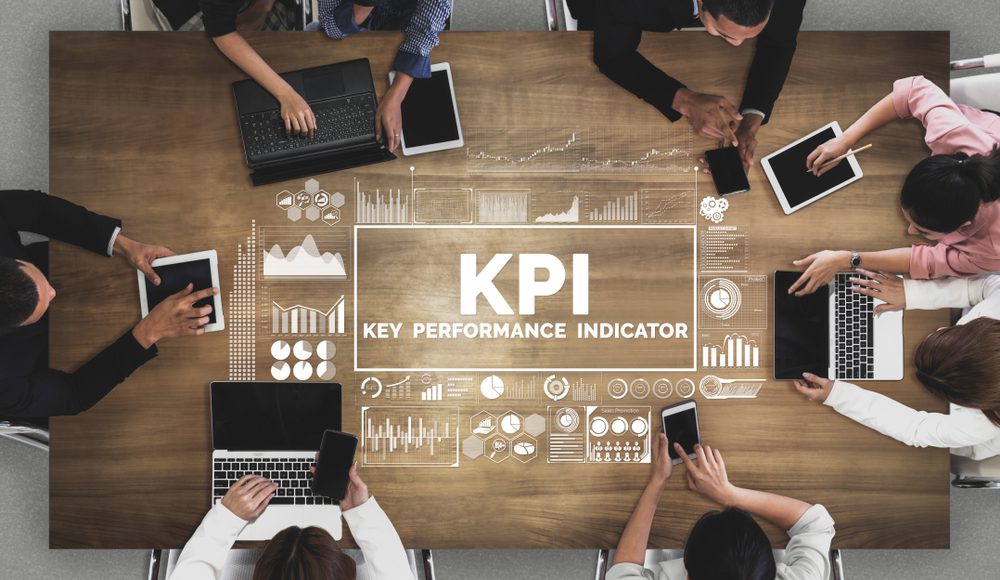
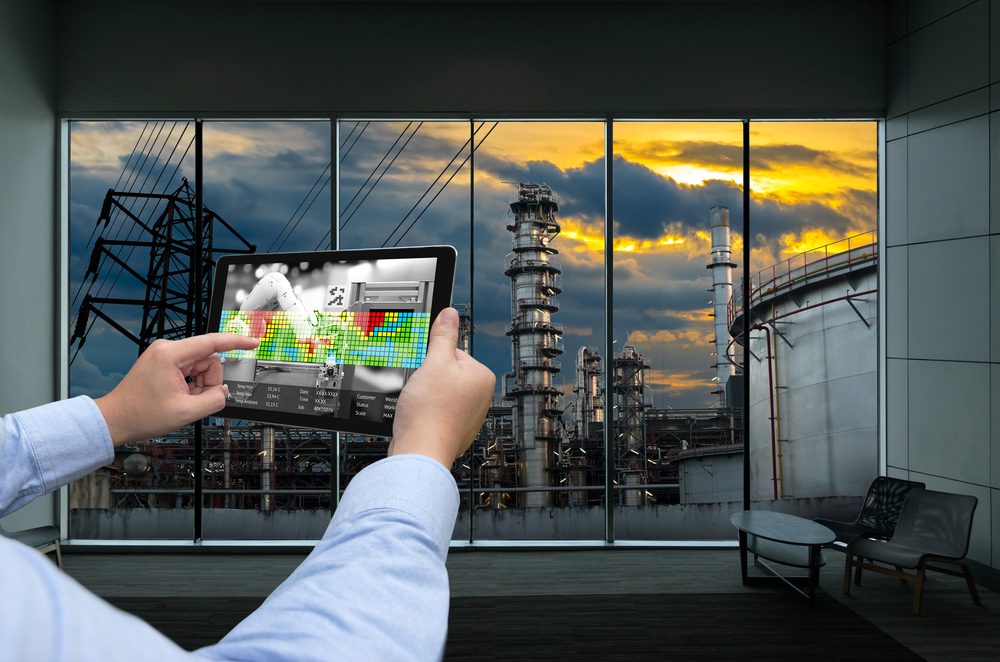


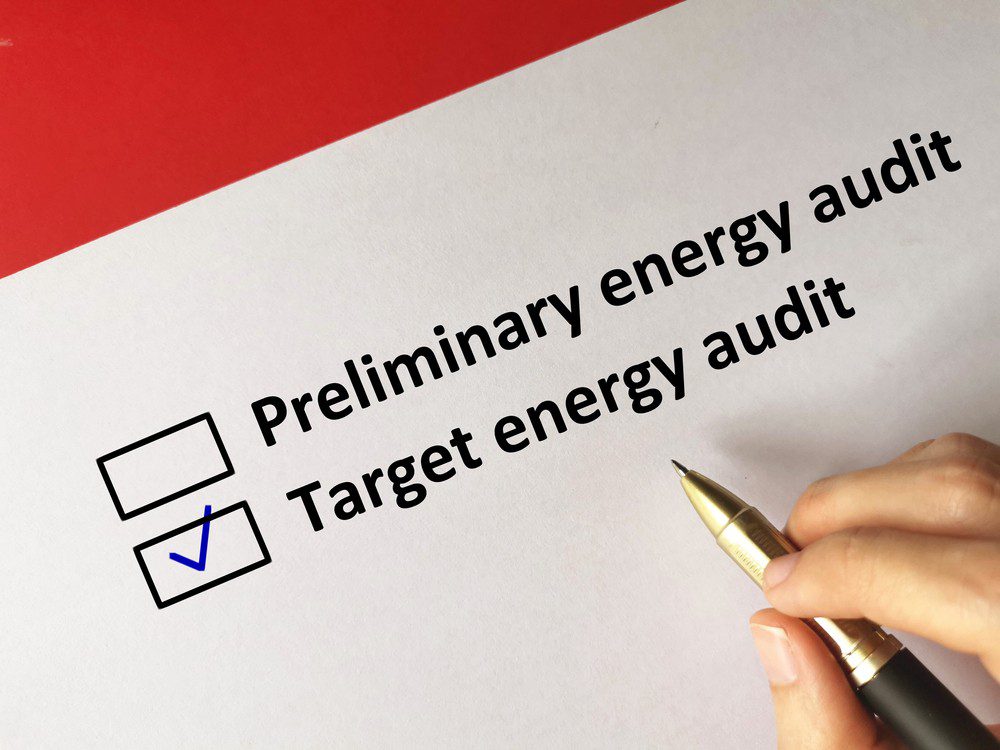

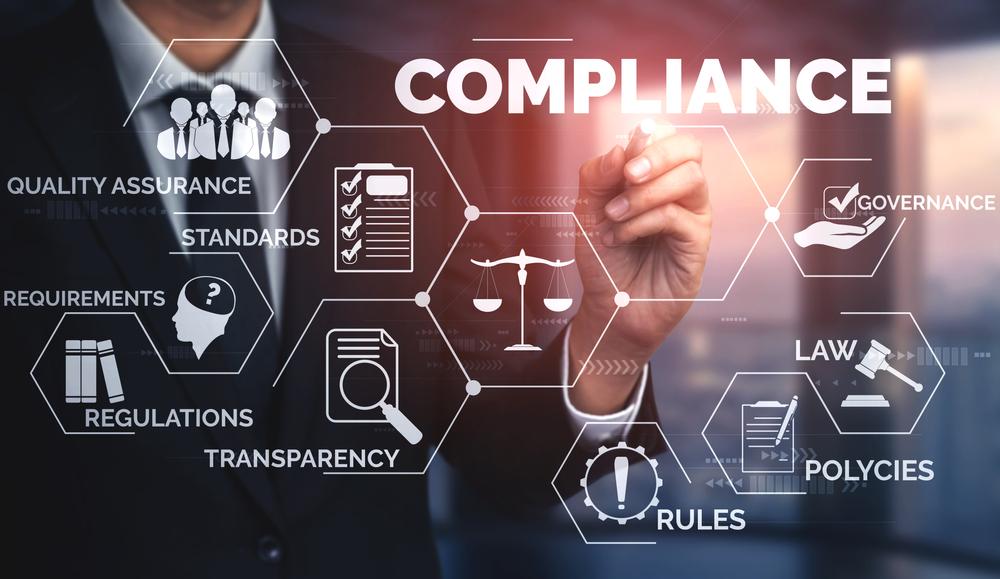

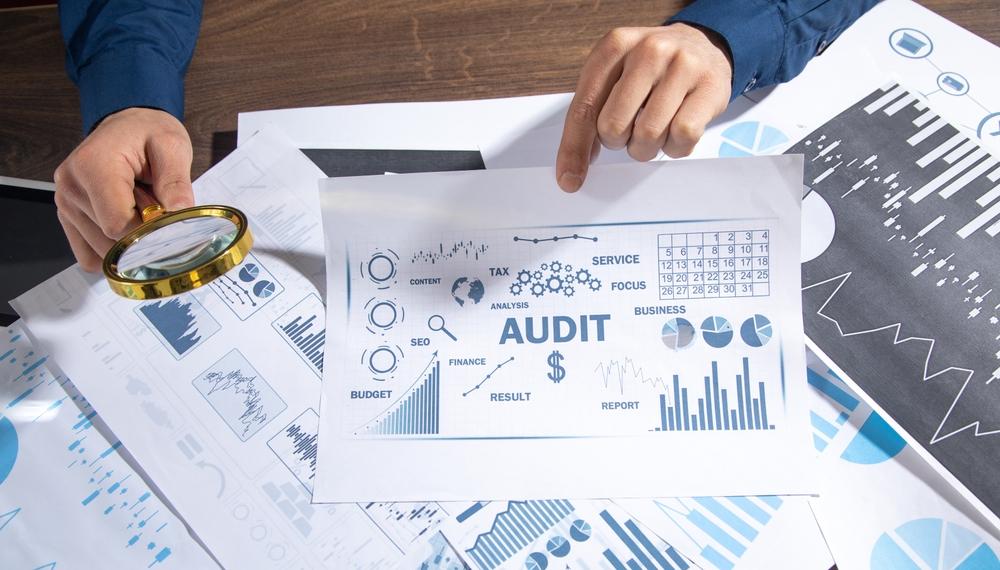
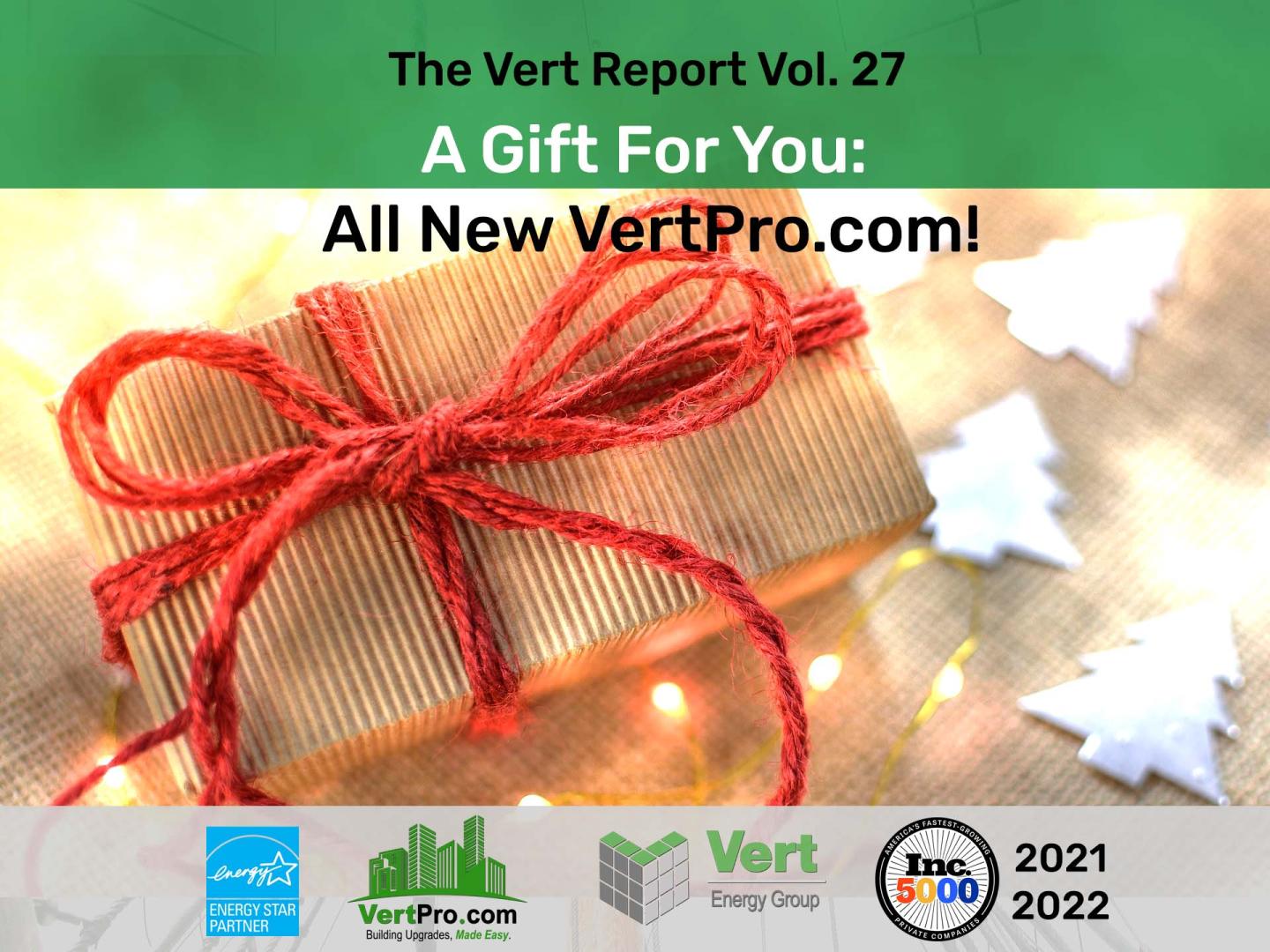


 Santa’s sleigh is one of the most iconic images of Christmas, but have you ever wondered how it is put together? Santa sure knows his way around a toolbox! Here are some tips on how to build your own sleigh just like him.
Santa’s sleigh is one of the most iconic images of Christmas, but have you ever wondered how it is put together? Santa sure knows his way around a toolbox! Here are some tips on how to build your own sleigh just like him.

 Search by Zip to Find Applicable Energy Laws
Search by Zip to Find Applicable Energy Laws